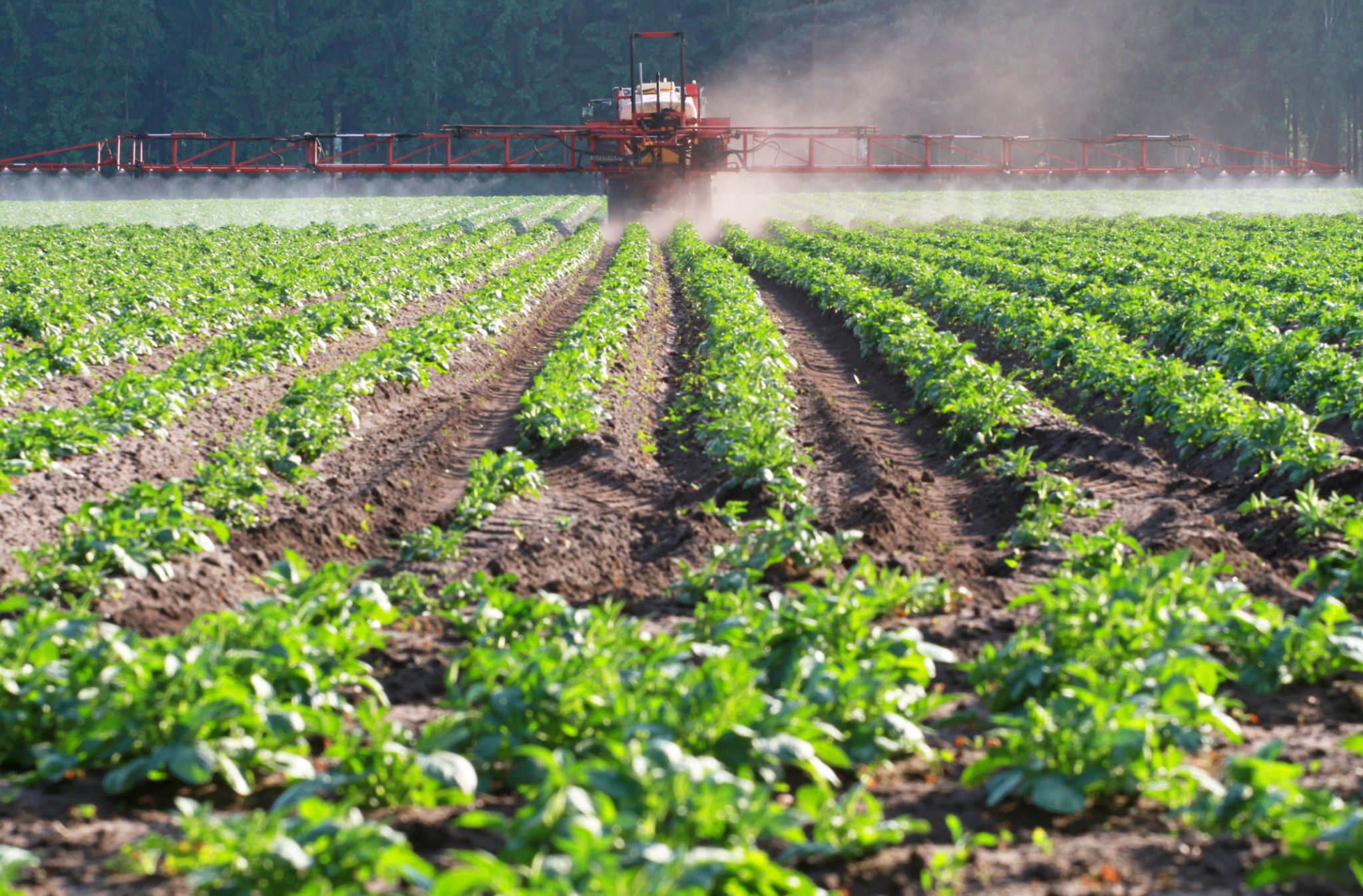Managing Lantana: Best Practices and Herbicide Recommendations
Understanding Lantana and Its Impact
Lantana is a vibrant flowering plant that is popular in gardens for its colorful blooms. However, it is also considered an invasive species in many regions due to its aggressive growth and ability to outcompete native plants. This can lead to reduced biodiversity and disrupted ecosystems. Managing lantana effectively is crucial for maintaining ecological balance.
The plant thrives in a variety of climates and soils, making it a formidable adversary in both agricultural and natural settings. It can form dense thickets that are difficult to eradicate once established. Understanding the characteristics of lantana is the first step in developing an effective management strategy.

Best Practices for Managing Lantana
Effective management of lantana involves a combination of methods, including mechanical, cultural, and chemical control strategies. By using integrated management practices, you can reduce the spread of this invasive plant and minimize its impact on the environment.
Mechanical Control
One of the most straightforward methods to manage lantana is through mechanical control. This involves physically removing the plants by hand-pulling or using tools such as hoes or shovels. It is important to remove the entire root system to prevent regrowth. Regular monitoring and removal are necessary to keep lantana populations under control.

Cultural Control
Cultural control focuses on modifying the environment to make it less favorable for lantana growth. This can include planting competitive native species that can outcompete lantana for resources such as sunlight, water, and nutrients. Encouraging healthy vegetation can help suppress lantana infestations naturally.
Herbicide Recommendations
When mechanical and cultural controls are insufficient, herbicides can be an effective tool in managing lantana. However, it is crucial to choose the right herbicide and apply it correctly to minimize environmental impact and ensure safety.
Selecting the Right Herbicide
Selecting an appropriate herbicide depends on factors such as the extent of the infestation, site conditions, and local regulations. Commonly recommended herbicides for lantana control include glyphosate, triclopyr, and fluroxypyr. These herbicides should be applied according to the manufacturer's instructions for best results.

Application Best Practices
For effective herbicide application, follow these best practices:
- Apply herbicides during the active growing season when lantana is most vulnerable.
- Ensure thorough coverage of all foliage for maximum effectiveness.
- Avoid applications during windy conditions to reduce drift and protect non-target vegetation.
By combining these strategies, you can manage lantana efficiently while minimizing harm to the environment. Regular monitoring and adaptive management are key components of a successful long-term control plan.